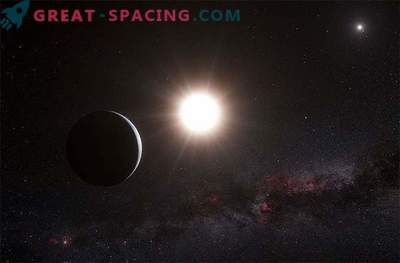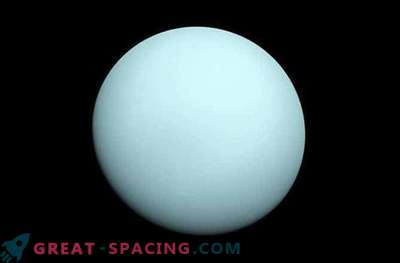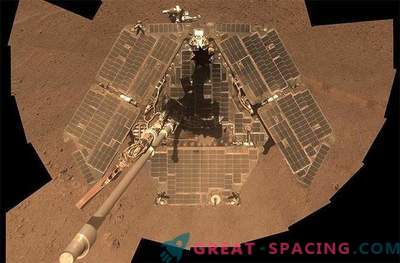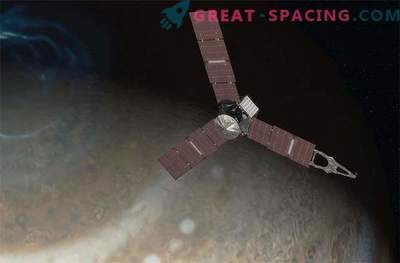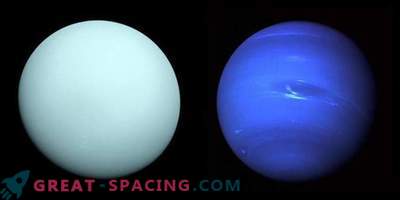
The illustration shows the position of the Voyager-1 and Voyager-2 space probes with respect to the heliosphere - a protective bubble created by the Sun, passing through the orbit of Pluto. Voyager 1 crossed the heliopause and the edge of the heliosphere in 2012. Voyager 2 is still located in the outermost part of the heliosphere.
NASA's Voyager 2 probe is now approaching interstellar space. The device records an increase in the level of cosmic radiation coming outside the solar system. Voyager-2 satellite was launched in 1977, separating by 17.7 billion km from our planet, which is 118 times longer than the Earth-Sun distance.
Since 2007, the probe has been moving through the topmost layer of the heliosphere - a giant bubble around the sun and planets, in which solar material and magnetic fields dominate. Voyager researchers ensured that the spacecraft reached the outer boundary of the heliosphere (heliopause). As soon as Voyager-2 performs this task, it will become the second space object on Earth that finds itself in the interstellar space after Voyager-1. At the end of August, the cosmic ray system on the ship measured a 5% increase in the radiation velocity compared with the beginning of the month. The device with low energy of charged particles caught similar indicators. Cosmic radiation - rapidly moving particles entering outside the solar system. Some are blocked by the heliosphere, so the team expects the indicators to grow as the heliosphere approaches and crosses.
In May 2012, Voyager 1 caught an increase in the speed of cosmic rays. This happened 3 months before the ship crossed the heliopause and was in interstellar space. But the team members note that this indicator is not a final sign of preparation for the passage through the heliopause. Voyager 2 is located at a different point on the helioschema than Voyager 1, which means the time scale can vary.
It is also important that Voyager-2 approached the heliopause 6 years after Voyager-1, because the heliopause moves during the 11-year solar activity cycle (coronal mass ejections).
